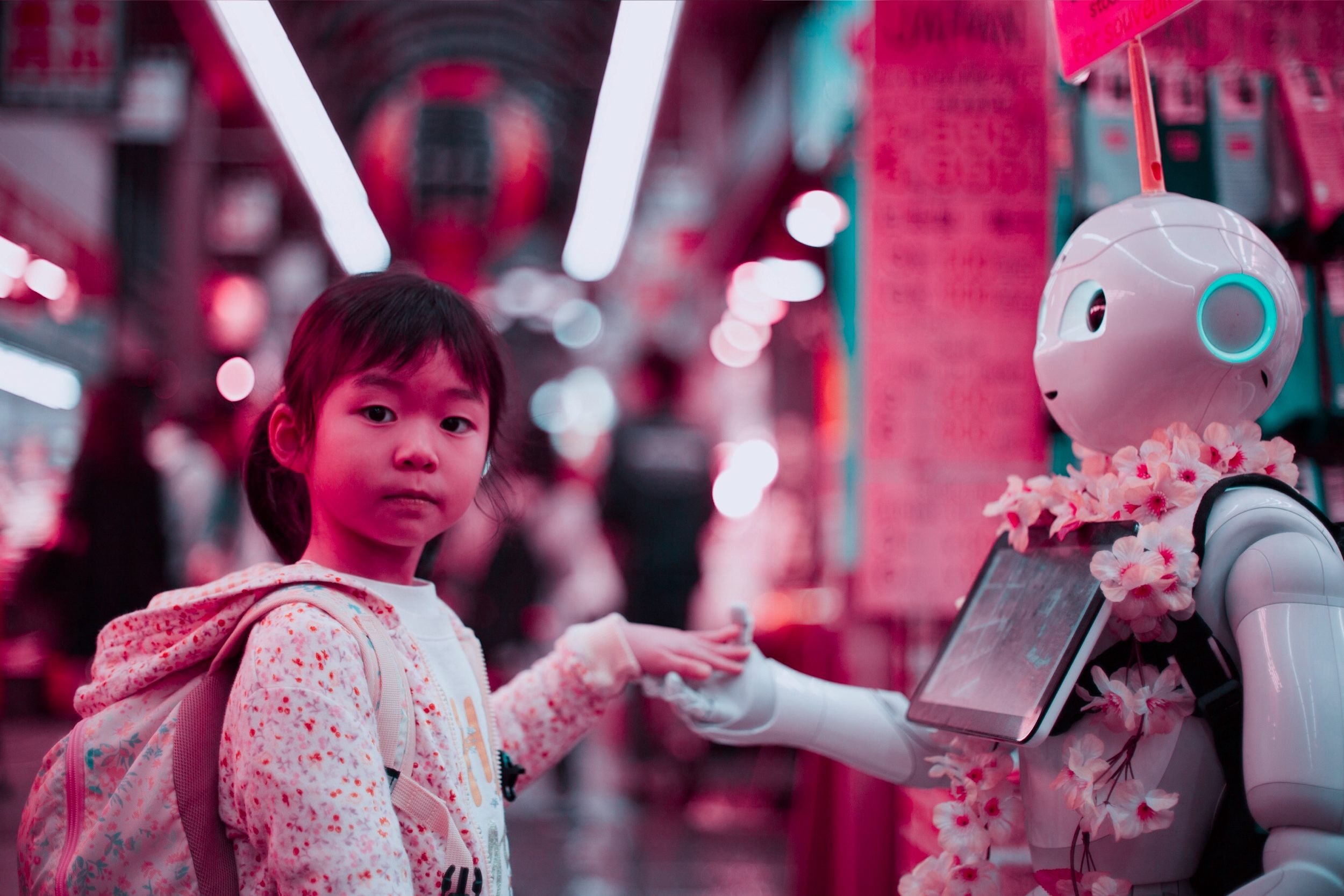It disappoints me that in 2019 the most effective and popular consumer robot is still the robot vacuum cleaner, Roomba. Honestly, it’s not that surprising. We want our robots to achieve one thing really well and relieve us from that thing. However, I don’t think robots are doomed to human servitude. There’s room for robots to be free with no particular purpose and still be useful.
Social robots and robot companions, for example, live this freedom. Jibo, Aibo, and Anki Vector are great examples of robots that are meant to just hang around the house and occasionally be interacted with. They are the extremity of robot freedom, which I think is why none of them have been a massive success. There’s still that feeling of “well, what do I do with them?”
Where’s the happy medium?
Robots with Function and Freedom
Trainable robots, as I’m going to call them, have found an interesting middle ground between the functionality of the vacuum-cleaner robots and the freedom of social robots. Essentially, they’re toys that a kid can program to act out commands. These commands include movement, speech, drawing, music creation, and more.
A lot of people have referred to them as educational robots, however, this puts them in kind of a lame, limited box. Just think of them as trainable robots.
Sphero is one of the leaders in trainable robots with the RVR, Specdrums, SPRK, and the flagship product: the Sphero BOLT. Root Robotics is another leader in this industry with their Root Robot. Both of these company’s app-enabled, trainable robots have gained a lot of ground and actually look like a lot of fun to play with.
Robotics classes have obviously been around for decades. Trainable robots aren’t necessarily new (remember BattleBots). However, we’re at the precipice of trainable robots that don’t require a lot of robotic knowledge to use. They are commercial, in that sense.
Why do I think these commercial, trainable robots have a real chance?
First, they are a lot like LEGOs in that they have enough structure in how to use them but aren’t rigid in their possible ways of being used. A kid can pick up a trainable robot, easily tinker with it, and figure out how to use it. And because there’s more than one possible way of using it, the “toy” can remain relevant for years and years (instead of growing old after a few weeks).
Second, trainable robots are gaining cultural steam. Sphero partnered with the Star Wars franchise and created the lifelike BB-8 droid. Additionally, iRobot just got involved by acquiring Root Robotics. iRobot is the maker of the Roomba vacuum, which I would argue is the most culturally significant robot (excluding fictional characters like R2D2) to date.
Third, trainable robots are “educational by accident”. A lot of parents and educators assume these are a fun way to introduce their kids to engineering. And they are. However, I think this is only partially right. Especially when software development may look entirely different in just a decade.
The true value is that trainable robots are upholding the long legacy of empowering kids to imagine, experiment, and create.
How many kids who played with LEGOs grew up to be builders or architects? I’m sure the correlation is small. On the other hand, how many kids who played with LEGOs unleashed their imagination? Every. Single. One. You can’t sit and watch LEGOs. LEGOs can’t play themselves.
Similarly, trainable robots can’t play themselves. They require an active imagination and creation from the kid – laying the groundwork for their future.
Adapting to the 21st Century
There’s a fascination amongst people to question, “What skills will be valuable in the workforce of the future?” It’s a way of figuring out how to be relevant and needed in the future. And more importantly, financially secure.
I fear not the man who has practiced 10,000 kicks once, but I fear the man who has practiced one kick 10,000 times.
Bruce Lee
As Bruce points out, the master can be magnitudes more valuable. This has always held true. However, I would implore you to not think about the future workforce in terms of skill mastery. Rather, think about it in terms of adaptability.
The highest technique is to have no technique.
Bruce Lee
Generalists are often perceived to have no single proficient skill. But this is wrong. Generalists have the strongest skill, which is the ability to adapt.
Especially today, when we are unsure what skill will be automated away by software, the ability to adapt is extremely valuable. Companies are looking for generalists because generalists allow their teams to do more with less overhead.
Even the US Navy is taking notice of the importance of generalists:
The LCS was the first class of Navy ship that, because of technological change and the high cost of personnel, turned away from specialists in favor of “hybrid sailors” who have the ability to acquire skills rapidly. It was designed to operate with a mere 40 souls on board—one-fifth the number aboard comparably sized “legacy” ships and a far cry from the 350 aboard a World War II destroyer.
Jerry Useem, The Atlantic
…the replacement of specialized workers with problem-solving generalists…
Ten years from now, the Deloitte consultant Erica Volini projects, 70 to 90 percent of workers will be in so-called hybrid jobs or superjobs—that is, positions combining tasks once performed by people in two or more traditional roles.
If you ask Laszlo Bock, Google’s former culture chief and now the head of the HR start-up Humu, what he looks for in a new hire, he’ll tell you “mental agility.”
A generalist first masters their mindset:
- Generalists are eager for a challenge and mentally immune to the repercussions of failure
- Generalists acquire skills but are never chained by them
- Generalists maintain a productive attitude in the face of adversity
No matter your age, there’s value in training yourself to be a generalist.
